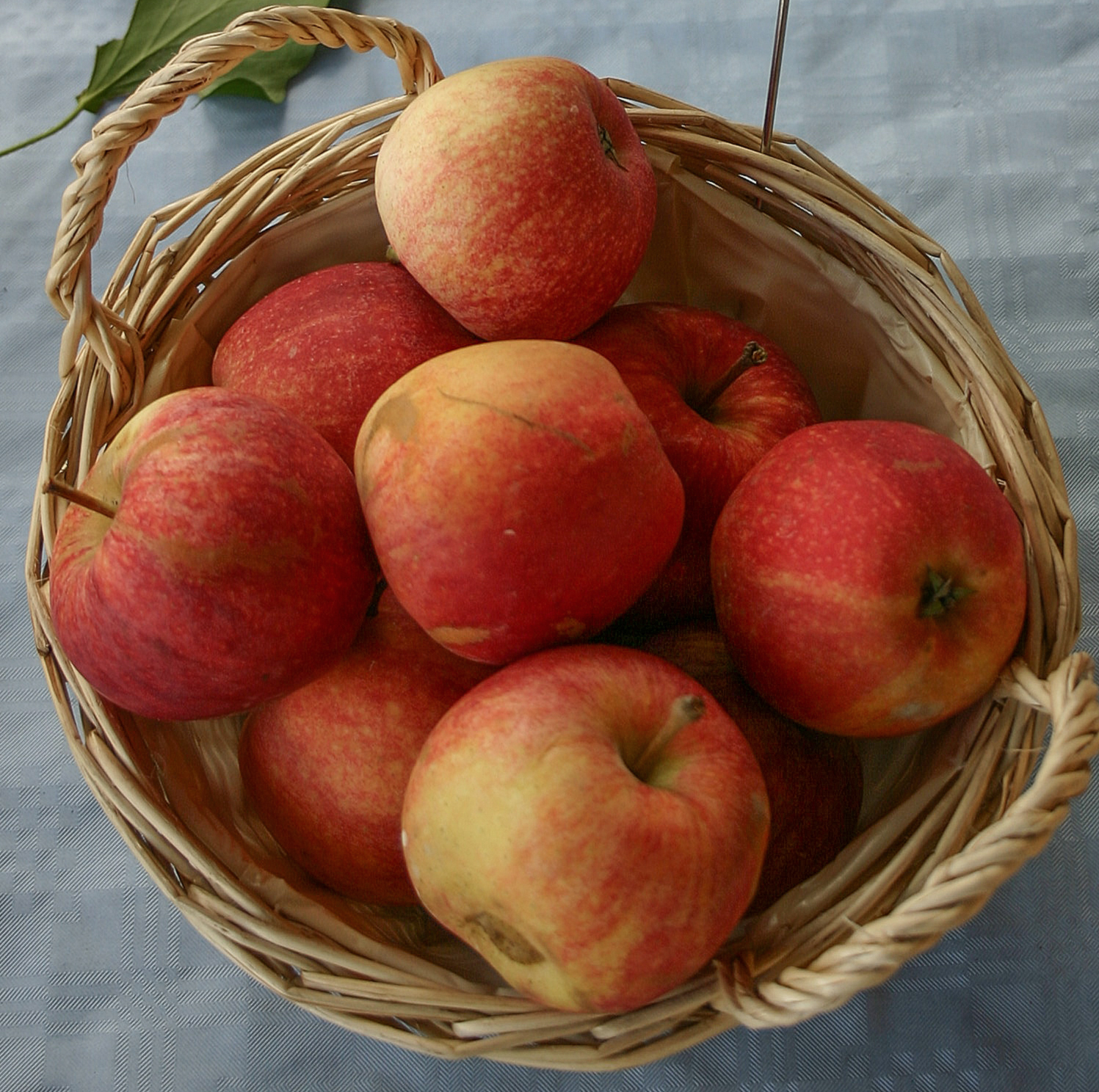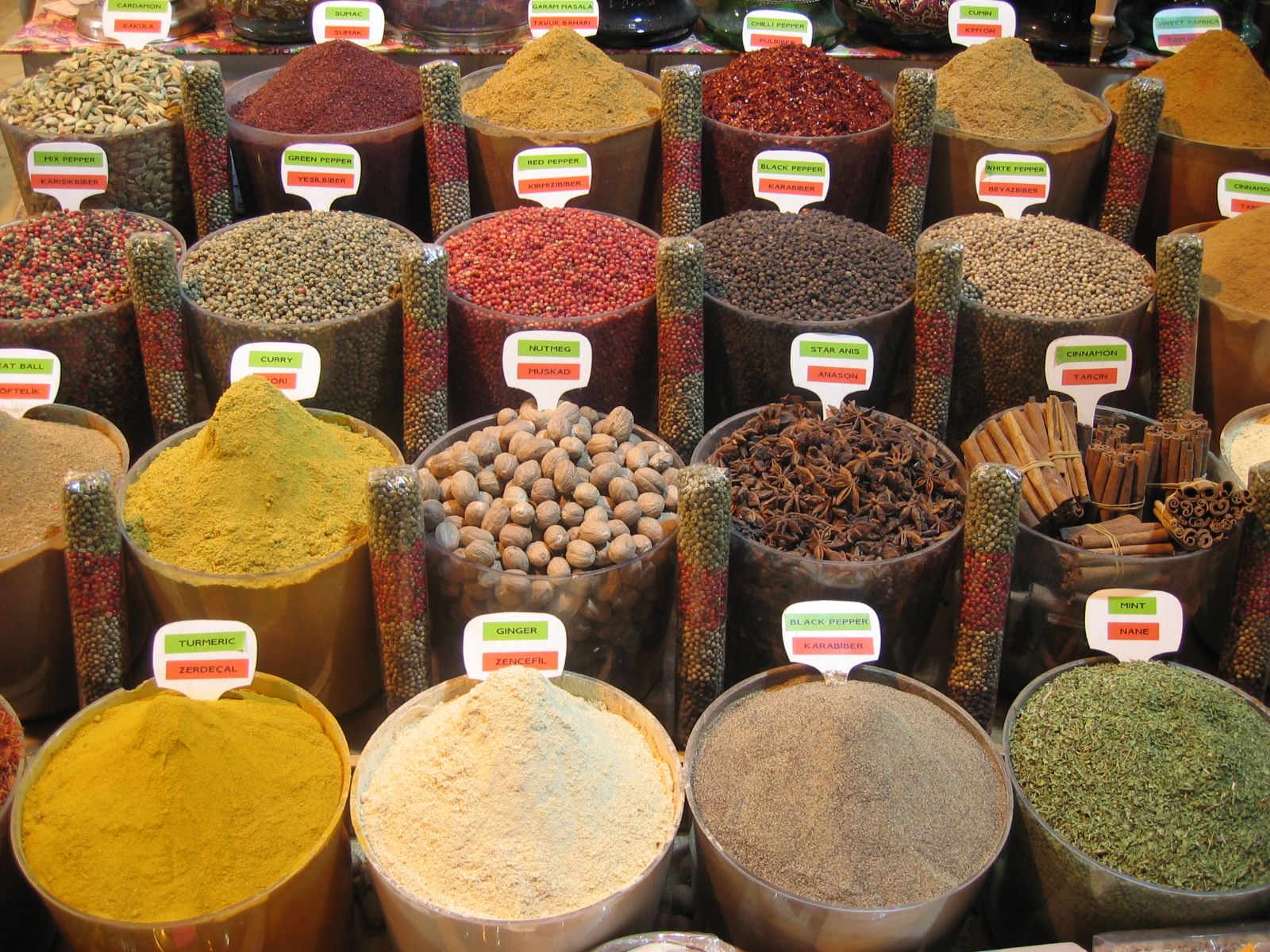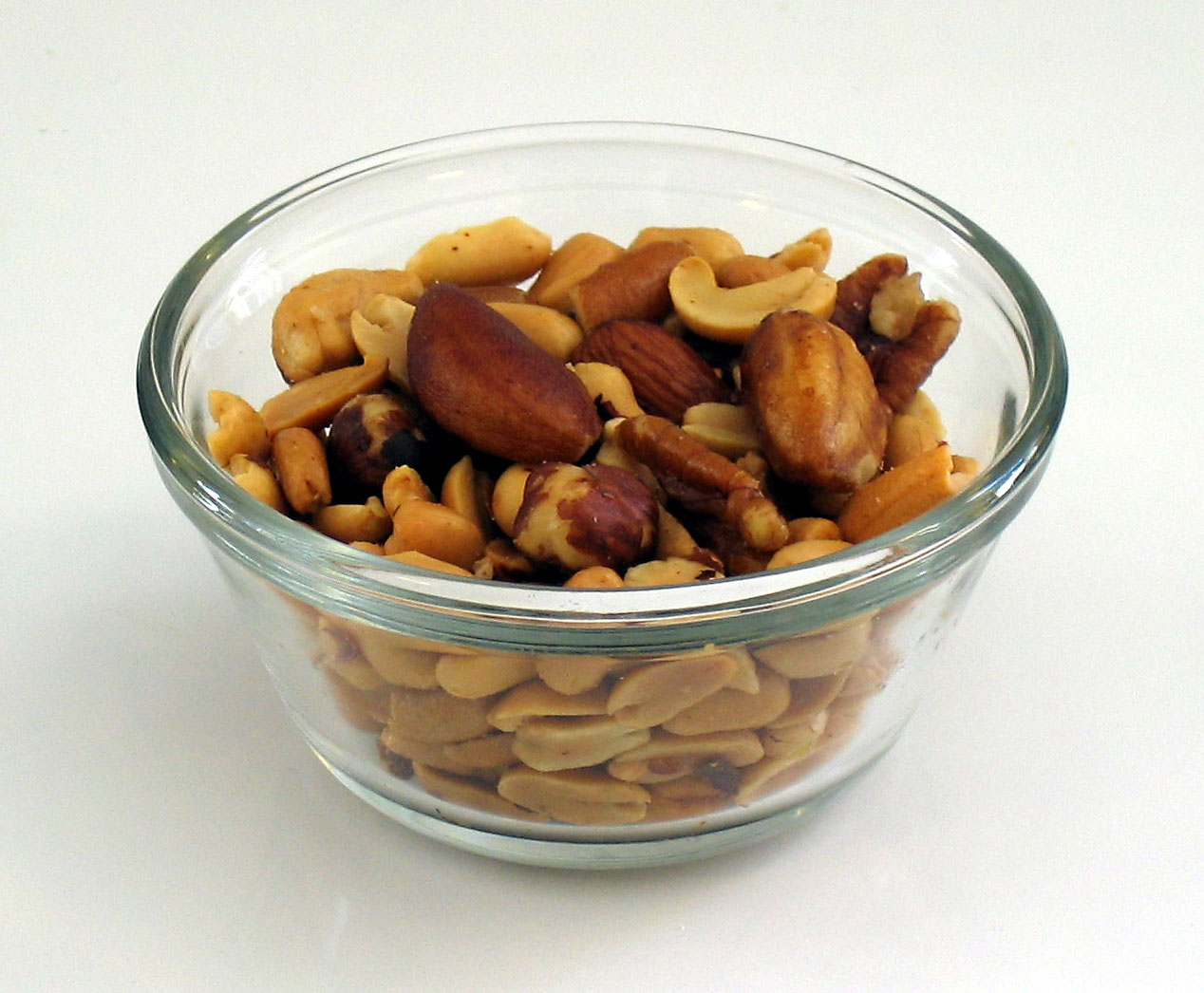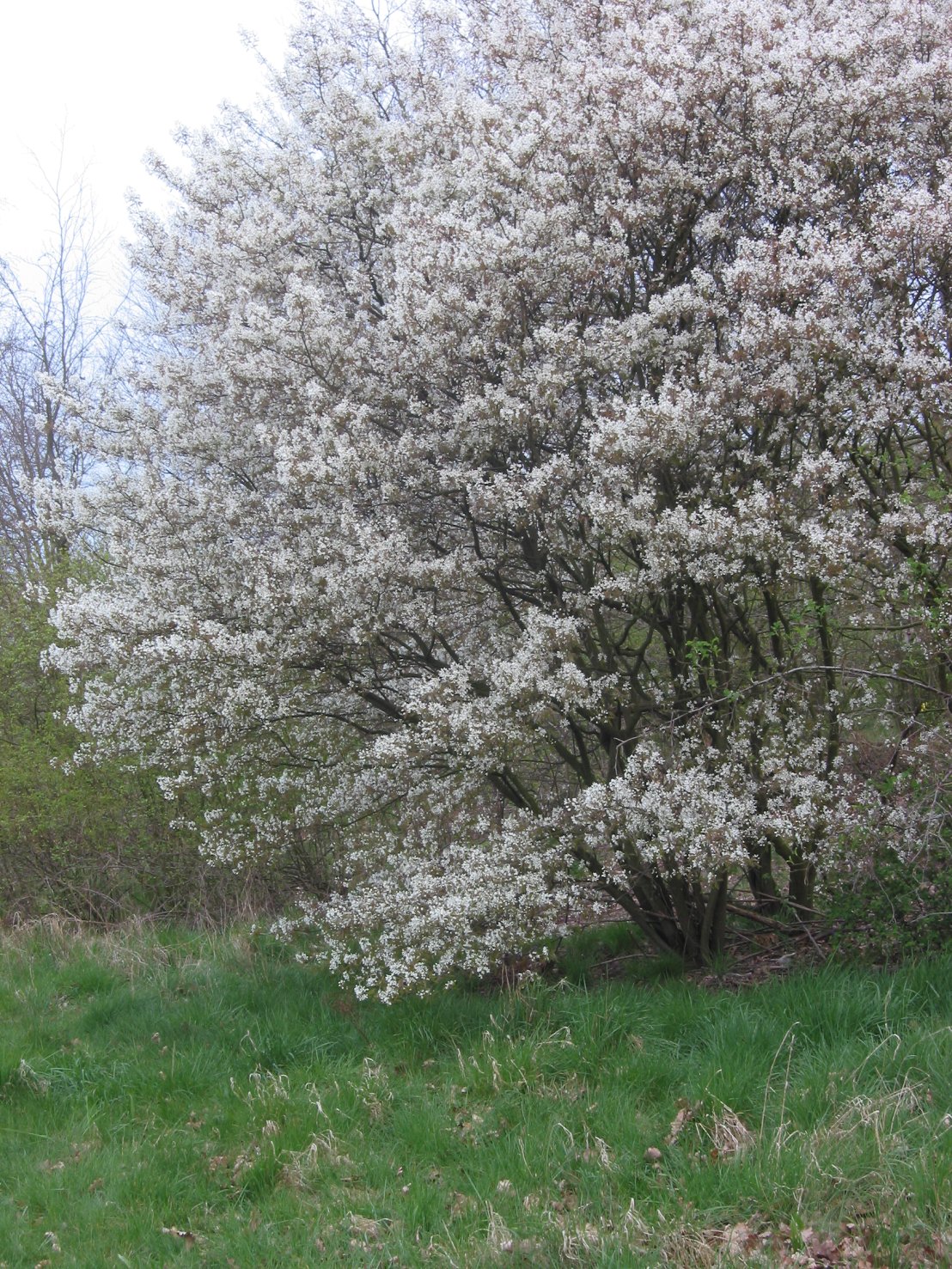|
Edible Plants
Edible plants include: * List of culinary fruits * List of culinary herbs and spices * List of culinary nuts * List of edible cacti * List of edible flowers * List of edible seeds *List of forageable plants (edible plants commonly found in the wild) * List of leaf vegetables * List of root vegetables * List of vegetables See also * Edible seaweed * List of domesticated plants * Medicinal plants * List of plants used in herbalism * Plantas Alimentícias Não Convencionais * Crop A crop is a plant that can be grown and harvested extensively for profit or subsistence. When the plants of the same kind are cultivated at one place on a large scale, it is called a crop. Most crops are cultivated in agriculture or hydropon ... {{food-stub ... [...More Info...] [...Related Items...] OR: [Wikipedia] [Google] [Baidu] |
List Of Culinary Fruits
This list contains the names of Fruit, fruits that are considered Eating, edible either raw or in some Cuisine, cuisines. The word "fruit" is used in several different ways. The definition of fruit for this list is a culinary fruit, that is, "Any sweet, edible part of a plant that resembles fruit, even if it does not develop from a floral Ovary (botany), ovary; also used in a technically imprecise sense for some sweet or semi-sweet Vegetable, vegetables, some of which may resemble a true fruit or are used in cookery as if they were a fruit, for example rhubarb." Many edible plant parts that are ''true fruits'' botanically speaking, are not considered culinary fruits. They are classified as vegetables in the culinary sense (for example: the tomato, zucchini, and so on), and hence they do not appear in this list. Similarly, some botanical fruits are classified as nuts (e.g. brazil nut), and do not appear here either. Even so, this list is otherwise organized botanically. Pomes ... [...More Info...] [...Related Items...] OR: [Wikipedia] [Google] [Baidu] |
List Of Culinary Herbs And Spices
This is a list of culinary herbs and spices. Specifically these are food or drink additives of mostly botanical origin used in nutritionally insignificant quantities for flavoring or coloring. This list does not contain fictional plants such as aglaophotis, or recreational drugs such as tobacco. This list is not for plants used primarily for herbal teas, nor for purely medicinal plant products, such as valerian. A * Ajwain, carom seeds ('' Trachyspermum ammi'') (Pakistan, South Asia, India, Afghanistan, Iran, Egypt, Eritrea & Ethiopia) * Alexanders (''Smyrnium olusatrum'') * Alkanet (''Alkanna tinctoria''), for red color * Alligator pepper, mbongo spice (mbongochobi), hepper pepper (''Aframomum danielli'', ''A. citratum'', ''A. exscapum'') (West Africa) * Allspice (''Pimenta dioica'') * Angelica (''Angelica archangelica'') * Anise (''Pimpinella anisum'') * Aniseed myrtle (''Syzygium anisatum'') (Australia) * Annatto (''Bixa orellana'') * Artemisia (''Artemisia'' spp.) * A ... [...More Info...] [...Related Items...] OR: [Wikipedia] [Google] [Baidu] |
List Of Culinary Nuts
A culinary nut is a dry, edible fruit or seed that usually, but not always, has a high fat content. Nuts are used in a wide variety of edible roles, including in baking, as snacks (either roasted or raw), and as flavoring. In addition to botanical nuts, fruits and seeds that have a similar appearance and culinary role are considered to be culinary nuts. Culinary nuts are divided into fruits or seeds in one of four categories: * True, or botanical nuts: dry, hard-shelled, uncompartmented fruit that do not split on maturity to release seeds; (e.g. hazelnuts) * Drupes: seed contained within a pit (stone or pyrena) that itself is surrounded by a fleshy fruit (e.g. almonds, walnuts); * Gymnosperm seeds: naked seeds, with no enclosure (e.g. pine nuts); * Angiosperm: seeds surrounded by an enclosure, such as a pod or a fruit (e.g. peanuts). Nuts have a rich history as food. For many indigenous peoples of the Americas, a wide variety of nuts, including acorns, American beec ... [...More Info...] [...Related Items...] OR: [Wikipedia] [Google] [Baidu] |
List Of Edible Cacti
A ''list'' is any set of items in a row. List or lists may also refer to: People * List (surname) Organizations * List College, an undergraduate division of the Jewish Theological Seminary of America * SC Germania List, German rugby union club Other uses * Angle of list, the leaning to either port or starboard of a ship * List (information), an ordered collection of pieces of information ** List (abstract data type), a method to organize data in computer science * List on Sylt, previously called List, the northernmost village in Germany, on the island of Sylt * ''List'', an alternative term for ''roll'' in flight dynamics * To ''list'' a building, etc., in the UK it means to designate it a listed building that may not be altered without permission * Lists (jousting), the barriers used to designate the tournament area where medieval knights jousted * ''The Book of Lists'', an American series of books with unusual lists See also * The List (other) * Listing (di ... [...More Info...] [...Related Items...] OR: [Wikipedia] [Google] [Baidu] |
List Of Edible Flowers
This is a list of edible flowers. See also *Bushfood *Kitchen garden *Gardening *List of culinary herbs and spices *List of edible nuts *List of companion plants * List of poisonous flowers *Flower *Edible flowers Edible flowers are flowers that can be consumed safely. Flowers may be eaten as vegetables as a main part of a meal, or may be used as herbs. Flowers are part of many regional cuisines, including Asian, European, and Middle Eastern cuisines.Lauderd ... * List of useful plants References {{reflist, 30em flowers, edible flowers, edible ' flowers, edible flowers, edible 'flowers ... [...More Info...] [...Related Items...] OR: [Wikipedia] [Google] [Baidu] |
List Of Edible Seeds
An edible seed is a seed that is suitable for human or animal consumption. Of the six major plant parts, seeds are the dominant source of human calories and protein. A wide variety of plant species provide edible seeds; most are angiosperms, while a few are gymnosperms. As a global food source, the most important edible seeds by weight are cereals, followed by legumes, nuts, then spices. Cereals ( grain crops) and legumes (pulses) correspond with the botanical families Poaceae and Fabaceae, respectively, while nuts, pseudocereals, and other seeds form polyphylic groups based on their culinary roles. Grains (cereals and millets) Grains are the edible seed of a plants in the grass family Poaceae. Grains come in two varieties, the larger grains produced by drought-sensitive crops are called cereals, and the smaller drought-resistant varieties are millets. Grains can be consumed in a variety of ways, all of which require husking and cooking, including whole, rolled, puffed, or ... [...More Info...] [...Related Items...] OR: [Wikipedia] [Google] [Baidu] |
List Of Forageable Plants
This article lists plants commonly found in the wild, which are edible to humans and thus forageable. Some are only edible in part, while the entirety of others are edible. Some plants (or select parts) require cooking to make them safe for consumption. Field guides instruct foragers to carefully identify species before assuming that any wild plant is edible. Accurate determination ensures edibility and safeguards against potentially fatal poisoning. Some plants that are generally edible can cause allergic reactions in some individuals. U.S. Army guidelines advise to test for contact dermatitis, then chew and hold a pinch in the mouth for 15 minutes before swallowing. If any negative effect results, it is advised to induce vomiting and drink a high quantity of water. Additionally, old or improperly stored specimens can cause food poisoning. Other lists of edible seeds, mushrooms, flowers, nuts, vegetable oils and leaves may partially overlap with this one. Separately, a list ... [...More Info...] [...Related Items...] OR: [Wikipedia] [Google] [Baidu] |
List Of Leaf Vegetables
This is a list of vegetables which are grown or harvested primarily for the consumption of their leafy parts, either raw or cooked. Many vegetables with leaves that are consumed in small quantities as a spice such as oregano, for medicinal purposes such as lime, or used in infusions such as tea, are not included in this list. List ; Key * Citations marked with Ecoport are from the Ecoport Web site, an ecology portal developed in collaboration with the FAO. * Those marked with GRIN are from the GRIN Taxonomy of Food Plants. * Sources marked with Duke are from James Duke's book ''Handbook of Energy Crops''. See also * List of vegetables * List of foods * List of vegetable dishes This is a list of vegetable dishes, that includes dishes in which the main ingredient or one of the essential ingredients is a vegetable or vegetables. In culinary terms, a vegetable is an edible plant or its part, intended for cooking or eating ... References External links {{Commons category, ... [...More Info...] [...Related Items...] OR: [Wikipedia] [Google] [Baidu] |
List Of Root Vegetables
Root vegetables are underground plant parts eaten by humans as food. Although botany distinguishes true roots (such as taproots and tuberous roots) from non-roots (such as bulbs, corms, rhizomes, and tubers, although some contain both hypocotyl and taproot tissue), the term "root vegetable" is applied to all these types in agricultural and culinary usage (see terminology of vegetables). Potatoes are technically tubers, not roots, and sweet potatoes are tuberous roots. Root vegetables are generally storage organs, enlarged to store energy in the form of carbohydrates. They differ in the concentration and the balance among starches, sugars, and other types of carbohydrate. Of particular economic importance are those with a high carbohydrate concentration in the form of starch; starchy root vegetables are important staple foods, particularly in tropical regions, overshadowing cereals throughout much of Central Africa, West Africa and Oceania, where they are used directly or mashed ... [...More Info...] [...Related Items...] OR: [Wikipedia] [Google] [Baidu] |
List Of Vegetables
This is a list of plants that have a culinary role as vegetables. "Vegetable" can be used in several senses, including culinary, botanical and legal. This list includes botanical fruits such as pumpkins, and does not include herbs, spices, cereals and most culinary fruits and culinary nuts. Edible fungi are not included in this list. Legal vegetables are defined for regulatory, tax and other purposes. An example would include the tomato, which is a botanical berry, but a culinary vegetable according to the United States. Leafy and salad vegetables Fruits Chili peppers Edible flowers Podded vegetables Bulb and stem vegetables Root and tuberous vegetables Sea vegetables See also * Herbs * Vegetable juice * List of culinary fruits * List of leaf vegetables * List of vegetable dishes * List of foods References {{reflist External links Lists of vegetables vegetables vegetables Vegetables are parts of plants that are con ... [...More Info...] [...Related Items...] OR: [Wikipedia] [Google] [Baidu] |
Edible Seaweed
Edible seaweed, or sea vegetables, are seaweeds that can be eaten and used for culinary purposes. They typically contain high amounts of fiber. They may belong to one of several groups of multicellular algae: the red algae, green algae, and brown algae. Seaweeds are also harvested or cultivated for the extraction of polysaccharides such as alginate, agar and carrageenan, gelatinous substances collectively known as hydrocolloids or phycocolloids. Hydrocolloids have attained commercial significance, especially in food production as food additives. The food industry exploits the gelling, water-retention, emulsifying and other physical properties of these hydrocolloids. Most edible seaweeds are marine algae whereas most freshwater algae are toxic. Some marine algae contain acids that irritate the digestion canal, while others can have a laxative and electrolyte-balancing effect. Most marine macroalgae are nontoxic in normal quantities, but members of the genus ''Lyngbya'' ar ... [...More Info...] [...Related Items...] OR: [Wikipedia] [Google] [Baidu] |
List Of Domesticated Plants
This is a list of plants that have been domesticated by humans. The list includes individual plant species identified by their common names as well as larger formal and informal botanical categories which include at least some domesticated individuals. Plants in this list are grouped by the original or primary purpose for which they were domesticated, and subsequently by botanical or culinary categories. Plants with more than one significant human use may be listed in multiple categories. Plants are considered domesticated when their life cycle, behavior, or appearance has been significantly altered as a result of being under artificial selection by humans for multiple generations (see the main article on domestication for more information). Thousands of distinct plant species have been domesticated throughout human history. Not all modern domesticated plant varieties can be found growing in the wild; many are actually hybrids of two or more naturally occurring species and therefo ... [...More Info...] [...Related Items...] OR: [Wikipedia] [Google] [Baidu] |







.jpg)